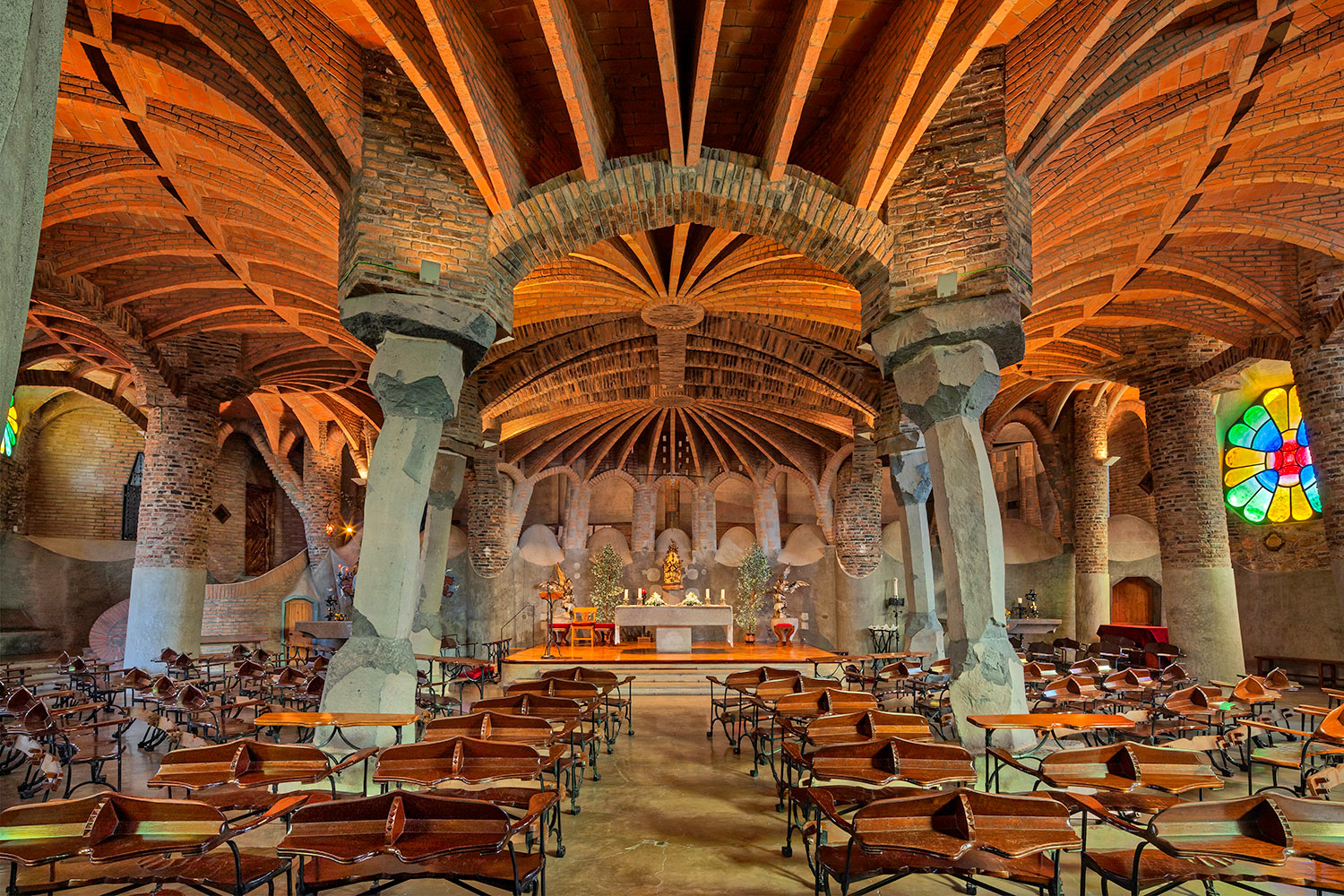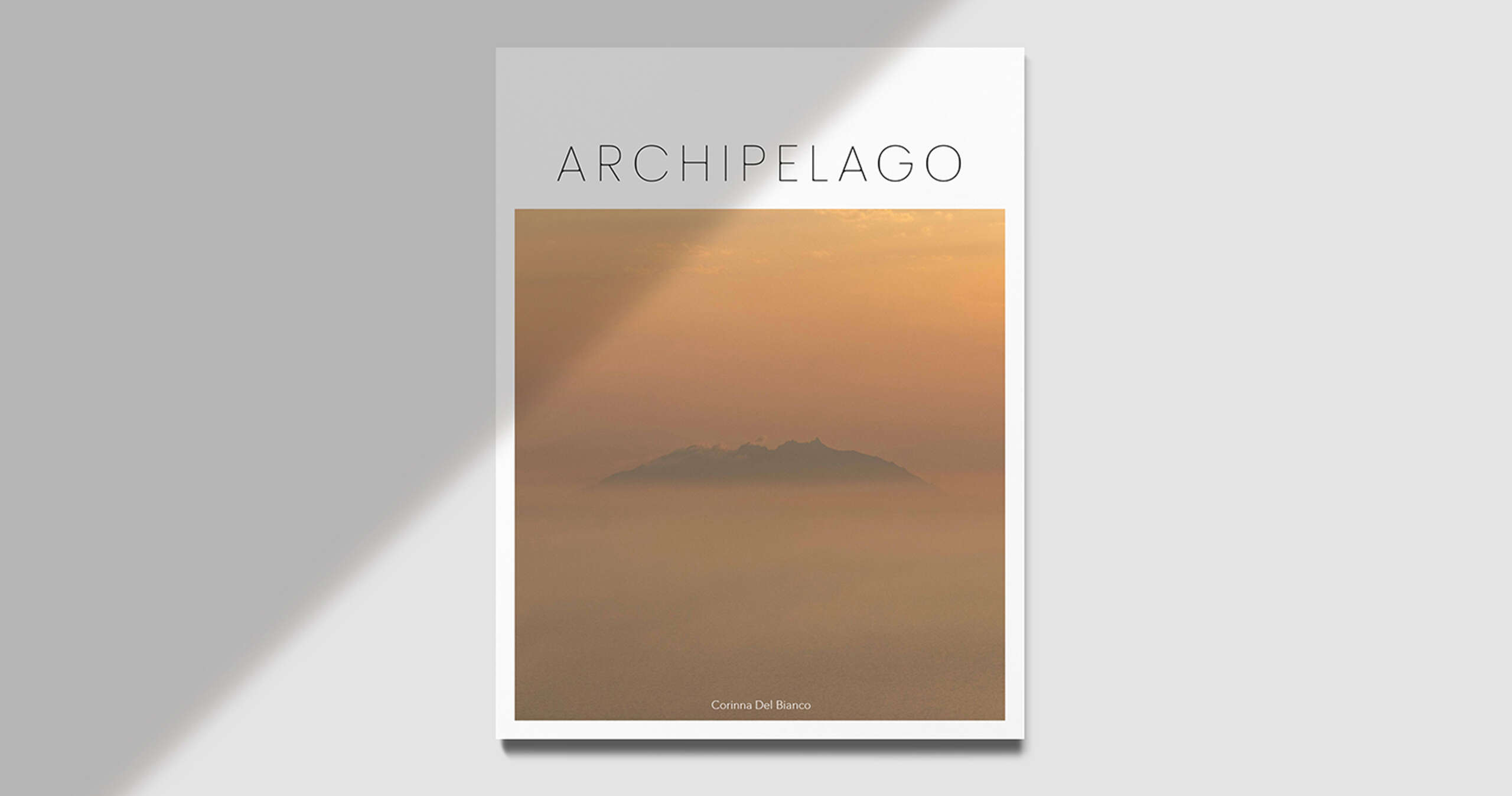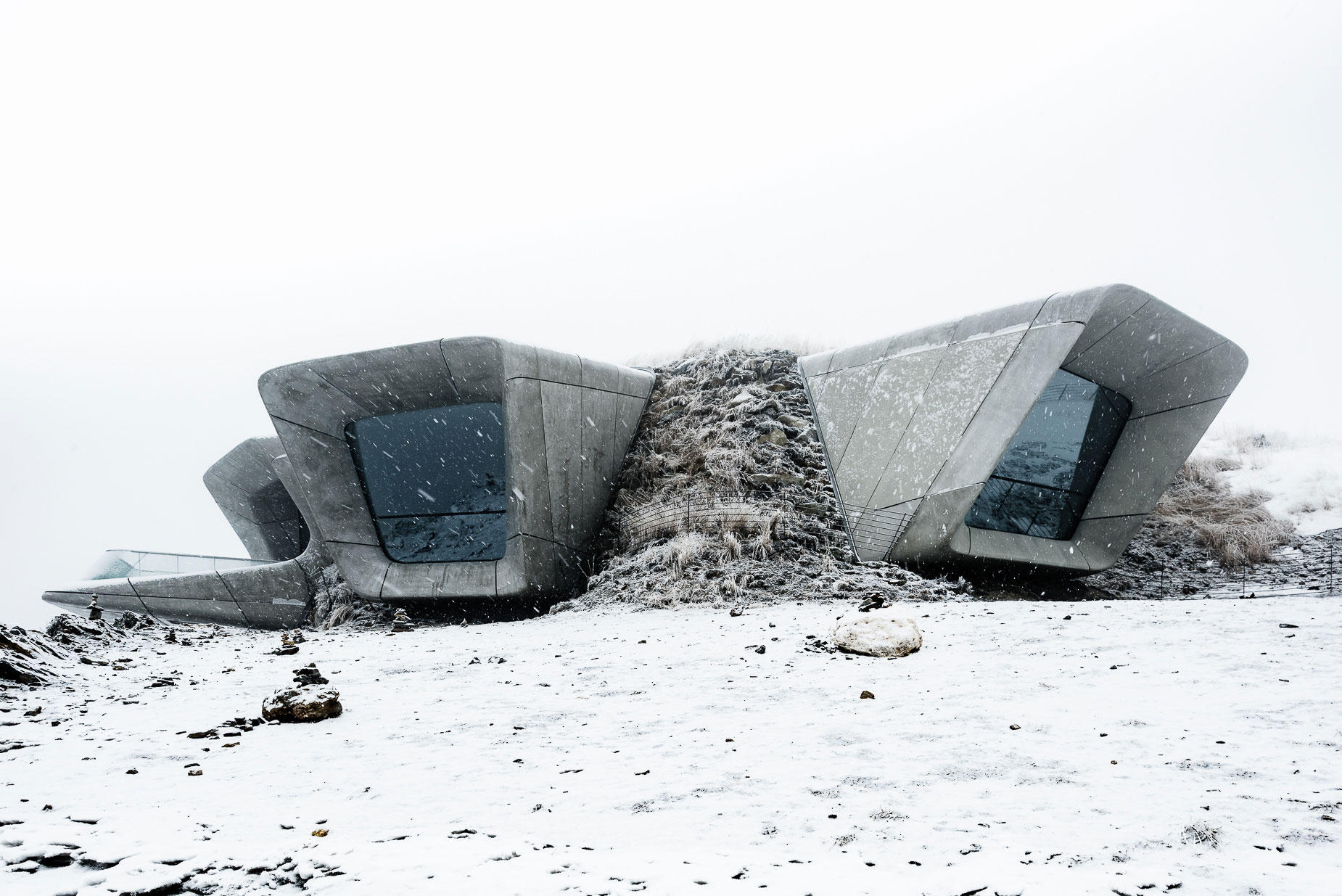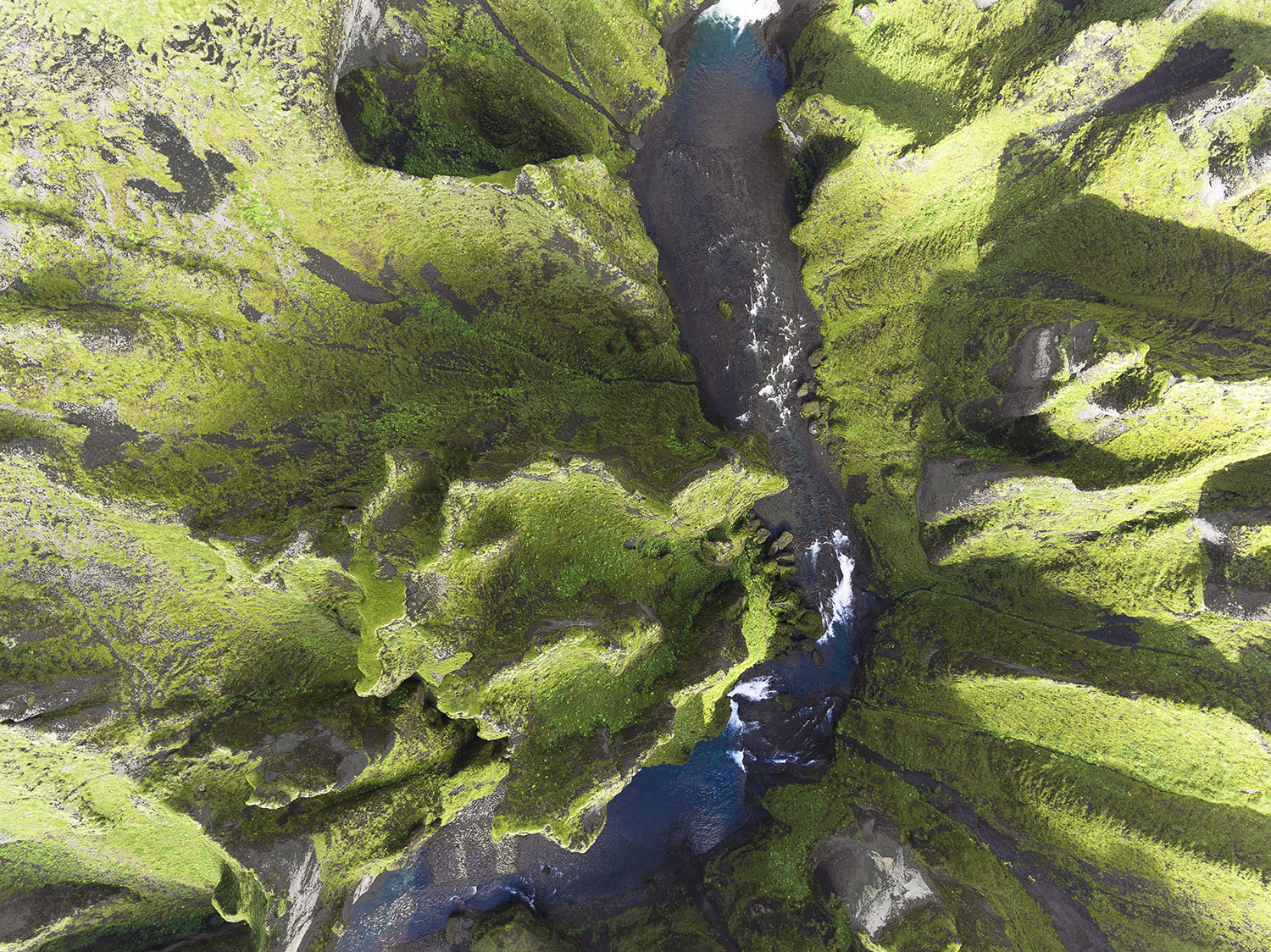This article was first published on 19 November 2018.
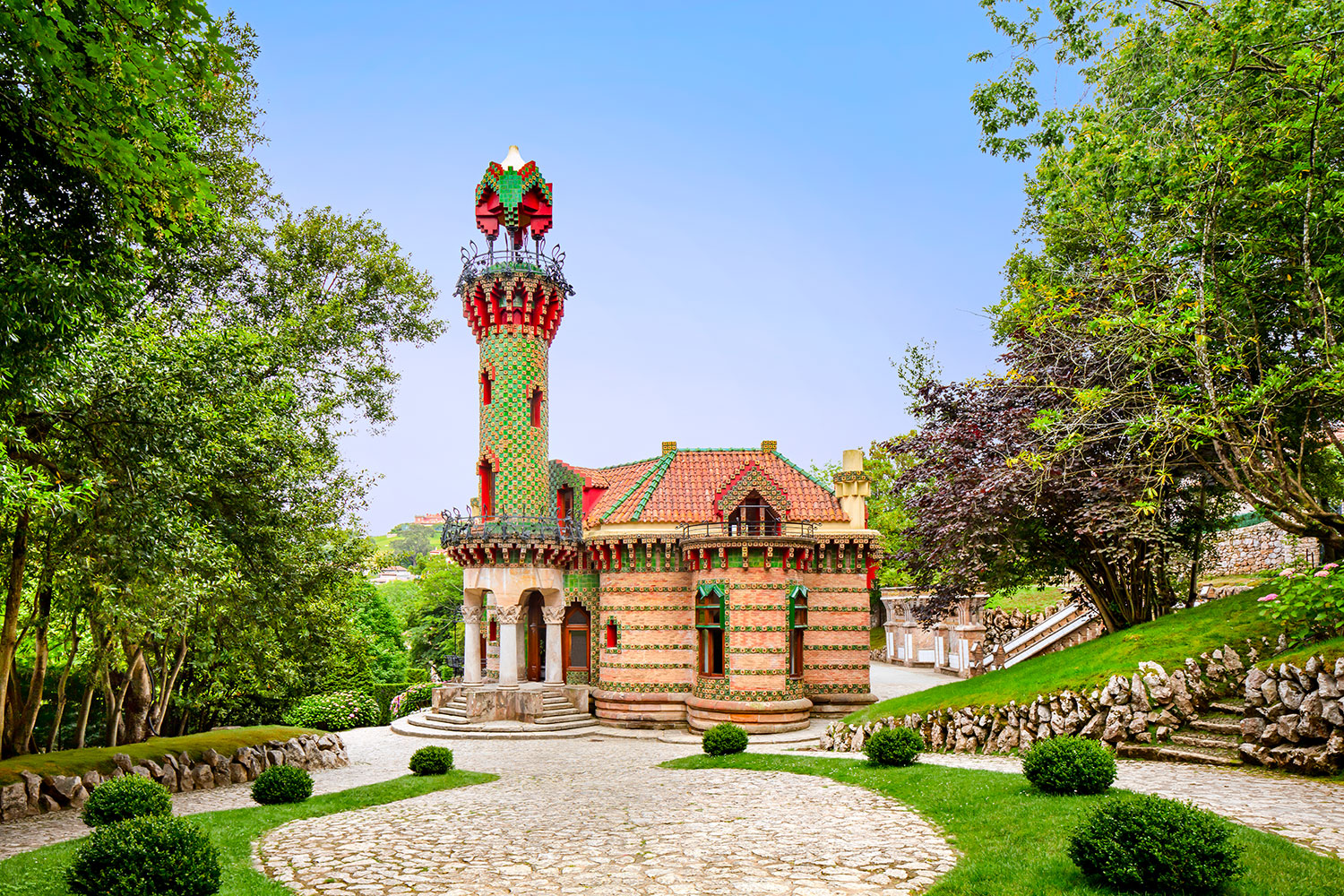
Last month we featured the The MUST-SEE Architecture in Barcelona and hopefully its got you packing your bags for Catalan’s capital of culture. To spice things up a bit, we’re going to take you on a 4-part series by Spanish photographer David Cardelús, highlighting some of the most beautiful heritage buildings in Spain.
For Part I we’re in the small township of Comillas in northern Spain. Lying on the Bay of Biscay, Comillas is a 90-minute drive west from Bilbao and is home to one of Antoni Gaudí’s earliest projects, El Capricho.
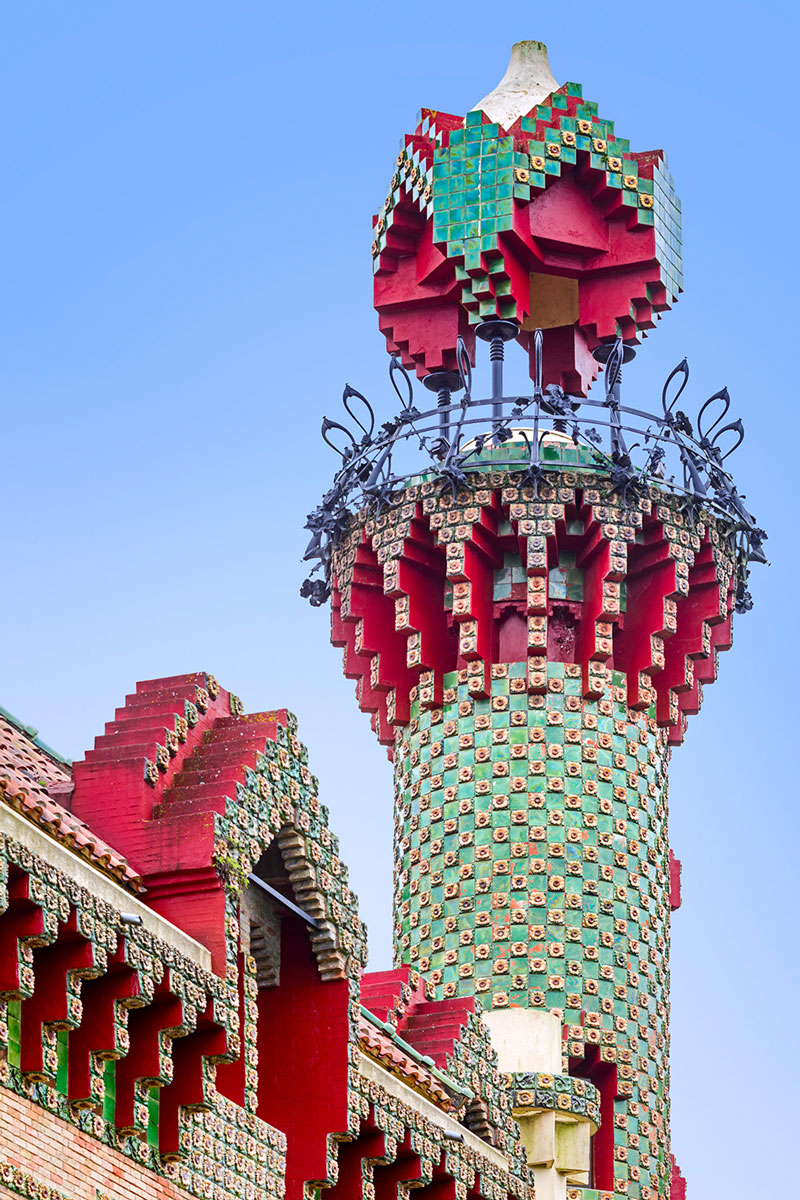
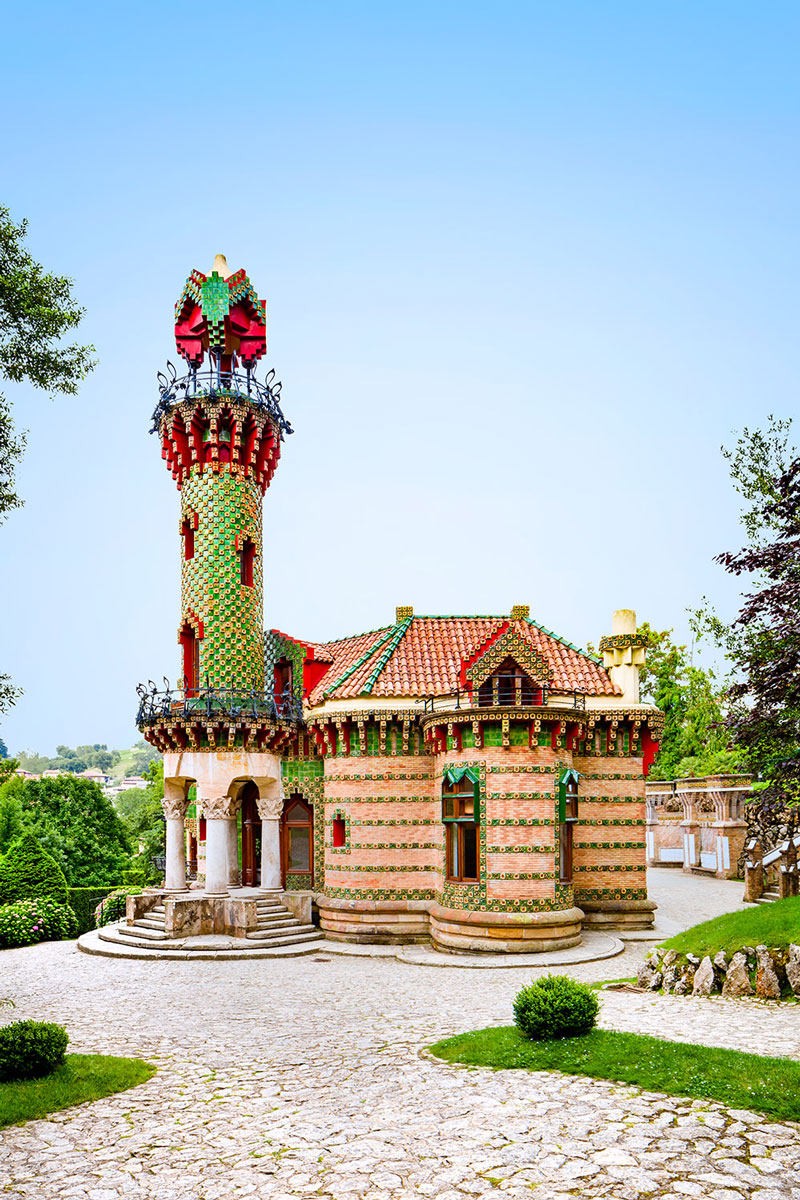
El Capricho is a villa in Comillas, Cantabria, Spain, designed by Antoni Gaudí. It was built in 1883-1885 for the summer use of a wealthy client, Máximo Díaz de Quijano.
Gaudi, who designed only a small number of buildings outside Catalonia, was involved with other projects at Comillas. He was the assistant of Joan Martorell on another summer residence, the Palacio de Sobrellano. El Capricho belongs to the architect’s orientalist period. The tower has been compared to a minaret.
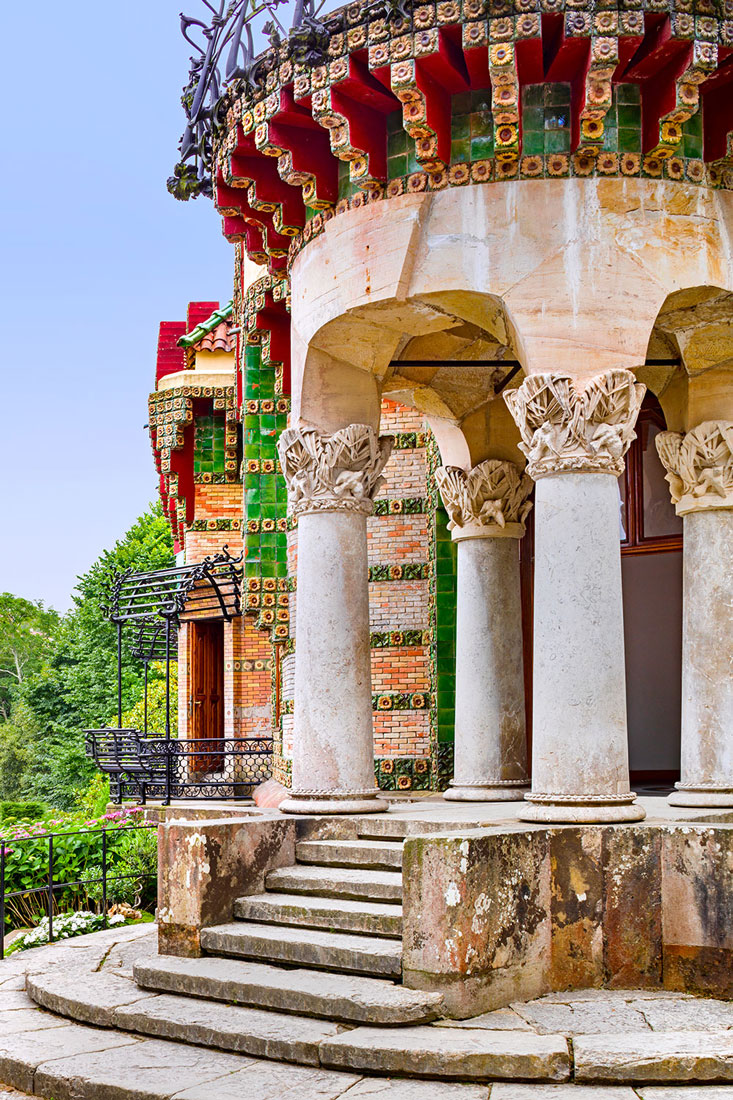
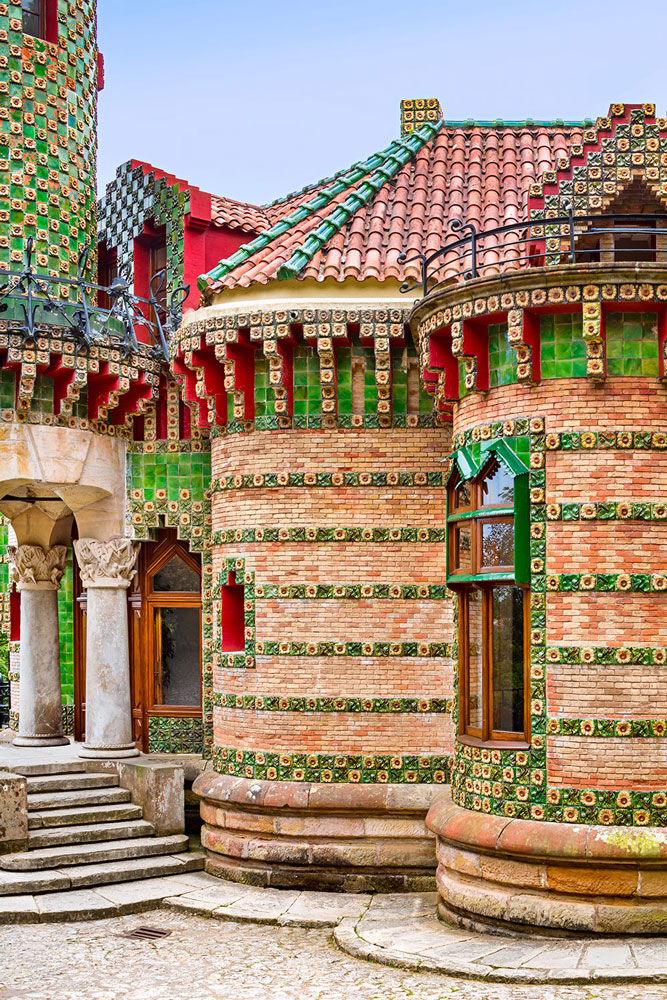
El Capricho, built in Comillas in the northern region of Cantabria in Spain in 1885, is one of Antoni Gaudí’s youth early works and is contemporary to the recently restored Vicens House in Barcelona.
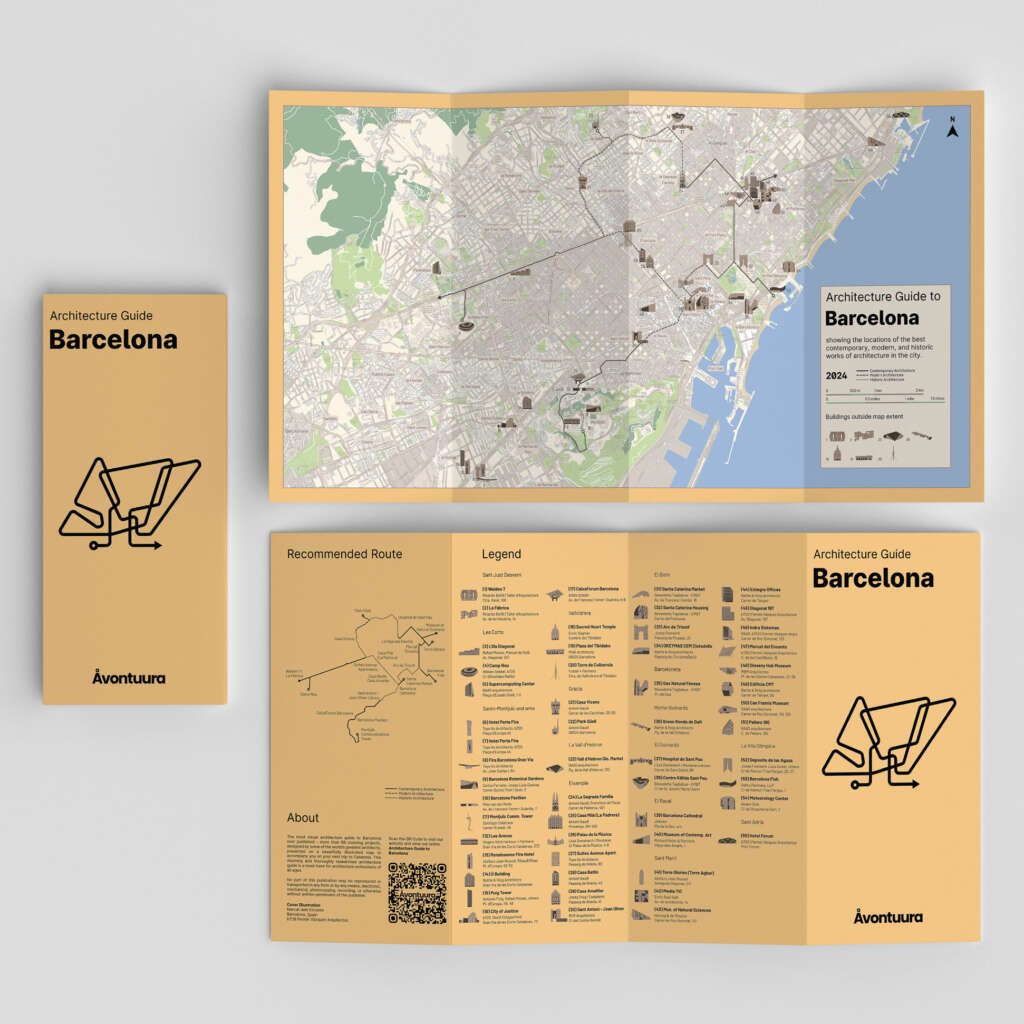
Architecture Guide to Barcelona
Explore all our guides at avontuura.com/shop
This small summer vacation house in a distinct green color protected by huge solid trees has a clear exotic inspiration and represents the Mudejar and Orientalist influence of Antoni Gaudí’s early style as an author.
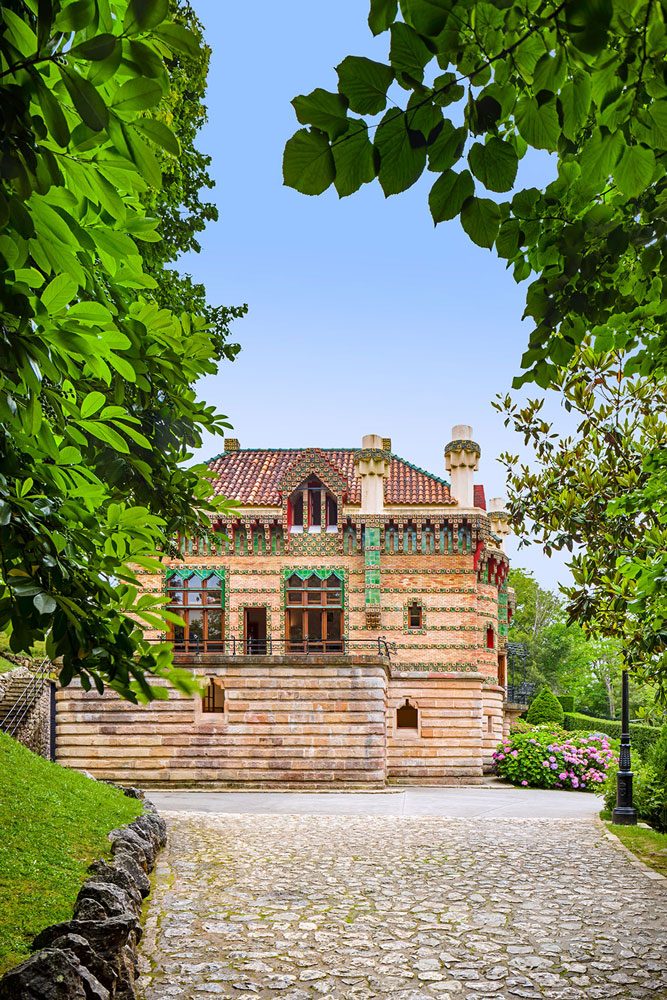
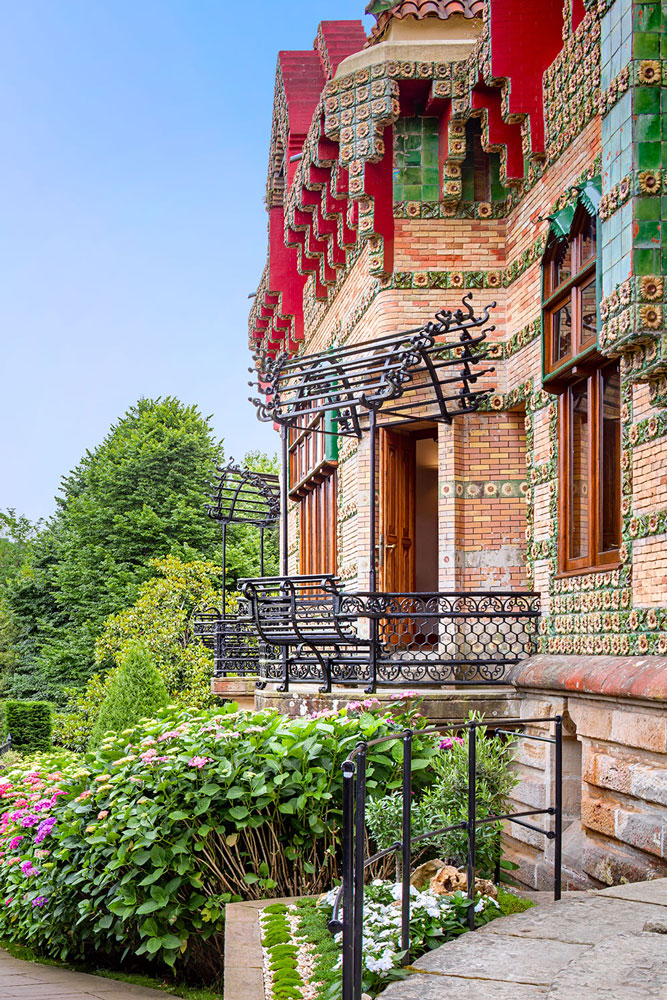
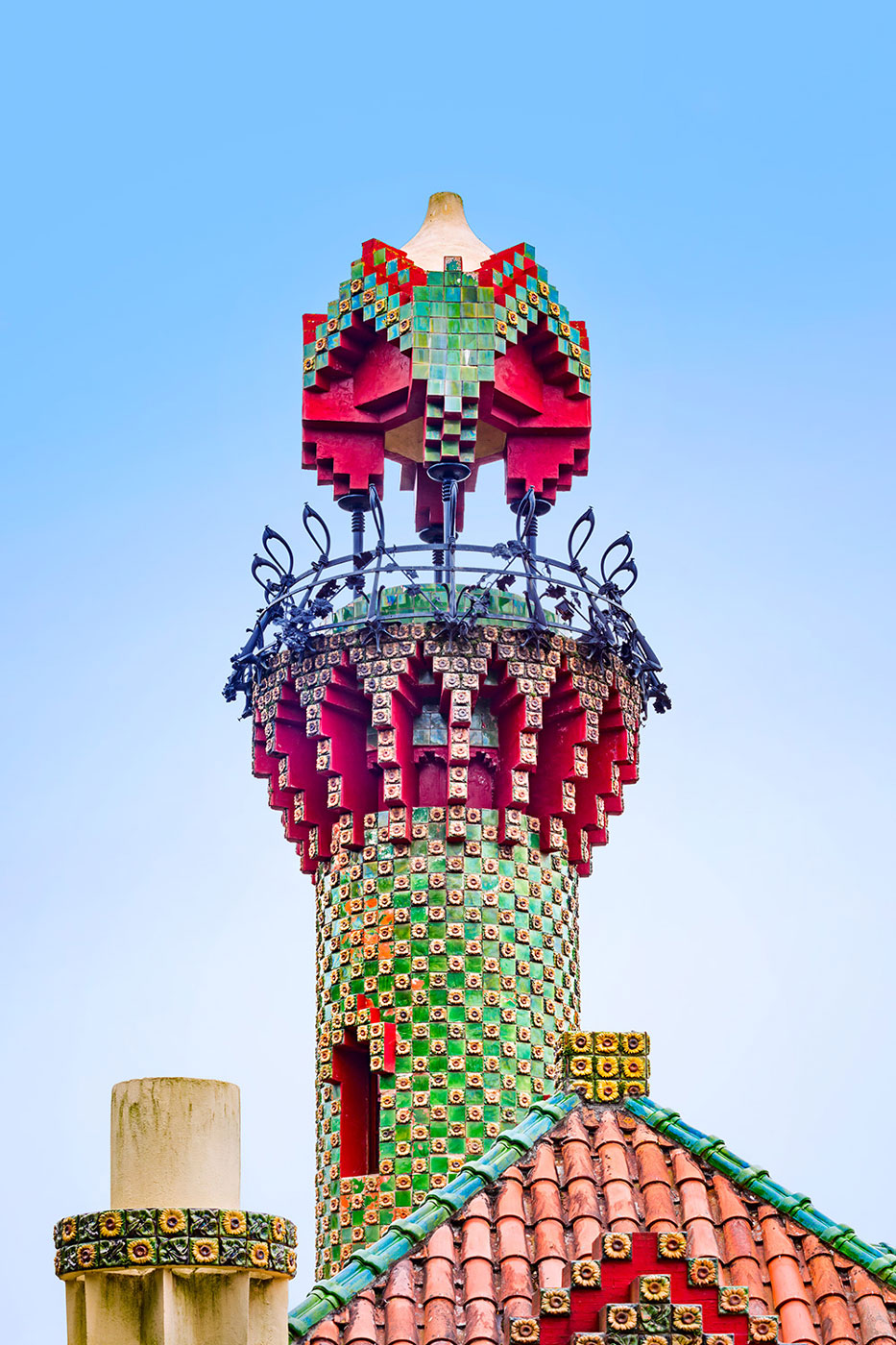
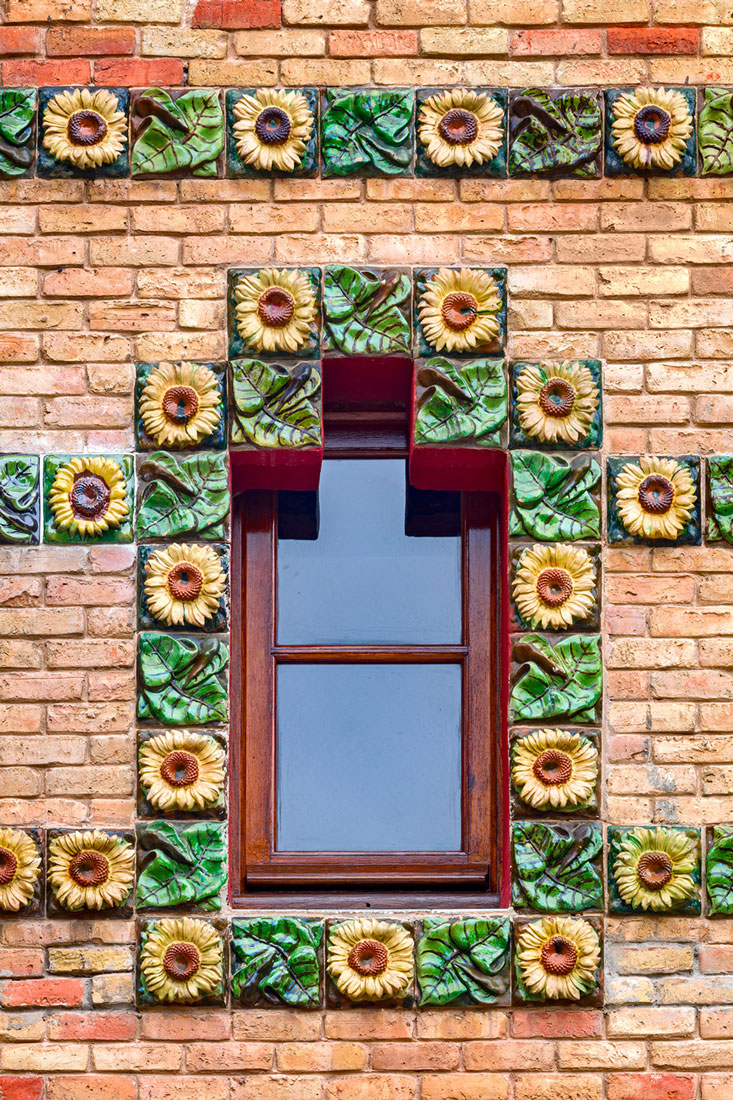
These style marks are expressed both by the use of materials, stone in the lower part of the house, exposed brick adorned with glazed ceramic strips representing sunflowers and leaves, and the outstanding presence of a Persian air minaret that provides verticality to the building that is completed with colored ceramic and cast iron elements that also point to the ‘coup de fouet’ of European Art Nouveau.
El Capricho is a small and beautiful hidden gem surrounded by a very unique landscape, one of Gaudí’s few buildings built outside Catalonia and that, like all the works of the Catalan architect, displays a great richness of detail and symbolism.
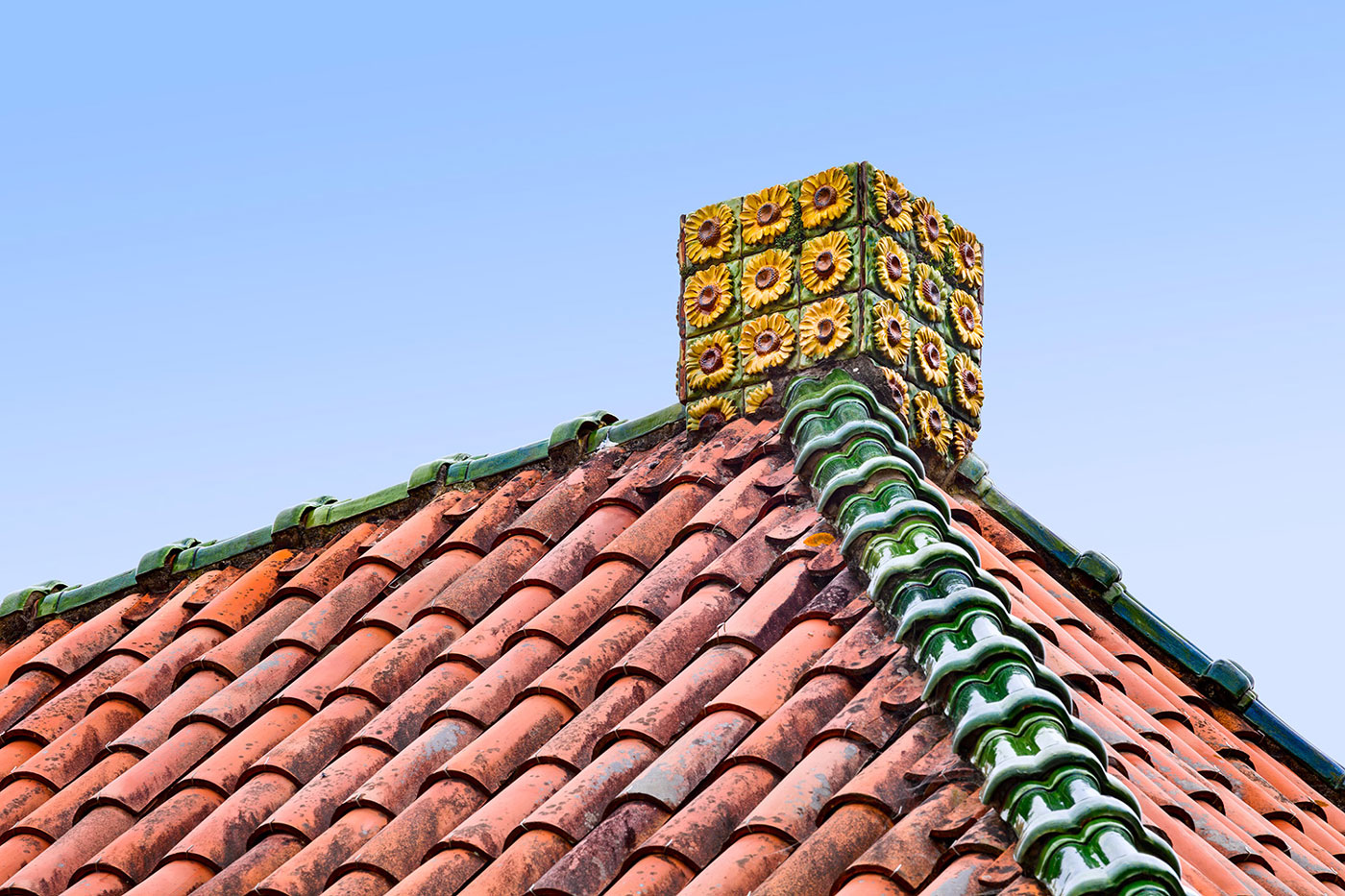
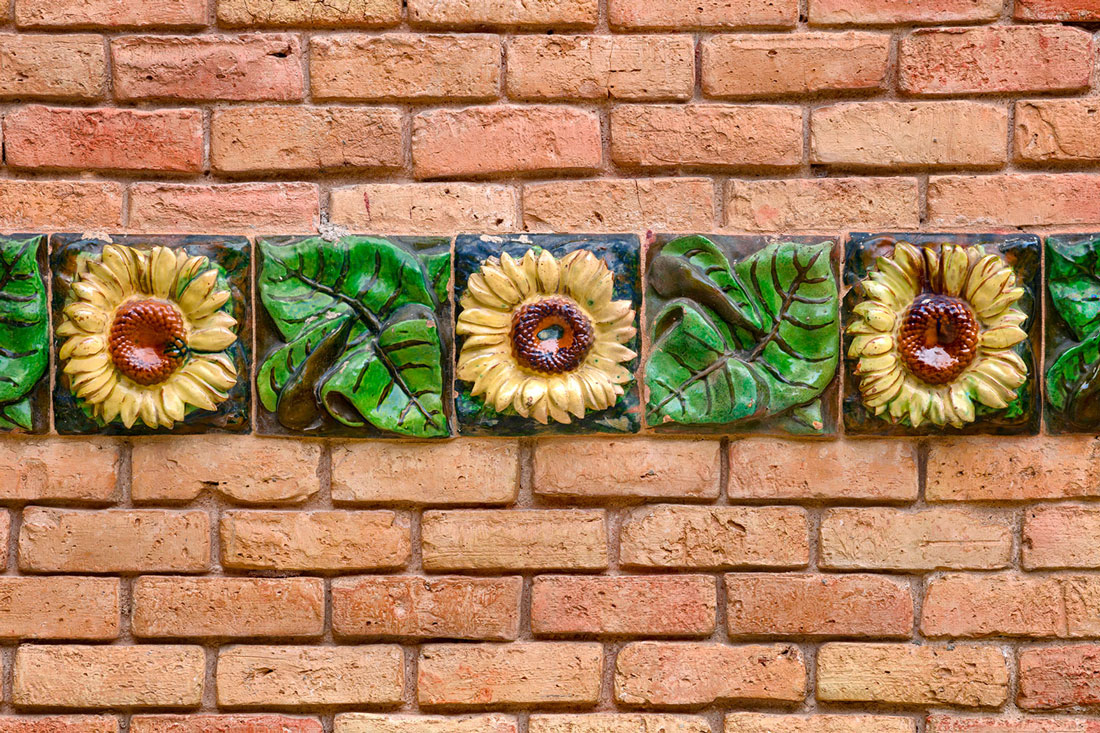
Surely one of the most surprising elements of El Capricho is the constant presence of ceramic tiles representing sunflowers, a plant impossible to find in the rainy region of Cantabria and that is placed on the facade to literally take the sun to the building, a house which is also oriented as a perfect solar compass following sunrise and sunset path to coincide with the domestic activities that take place into this home.
To stand out also how Gaudí adapts to the tastes of his client Máximo Díaz de Quijano, an amateur musician among many other things. That’s why the sunflowers on the facade are arranged in five horizontal lines to represent a pentagram and also the forging elements on the balconies take the form of musical notes.
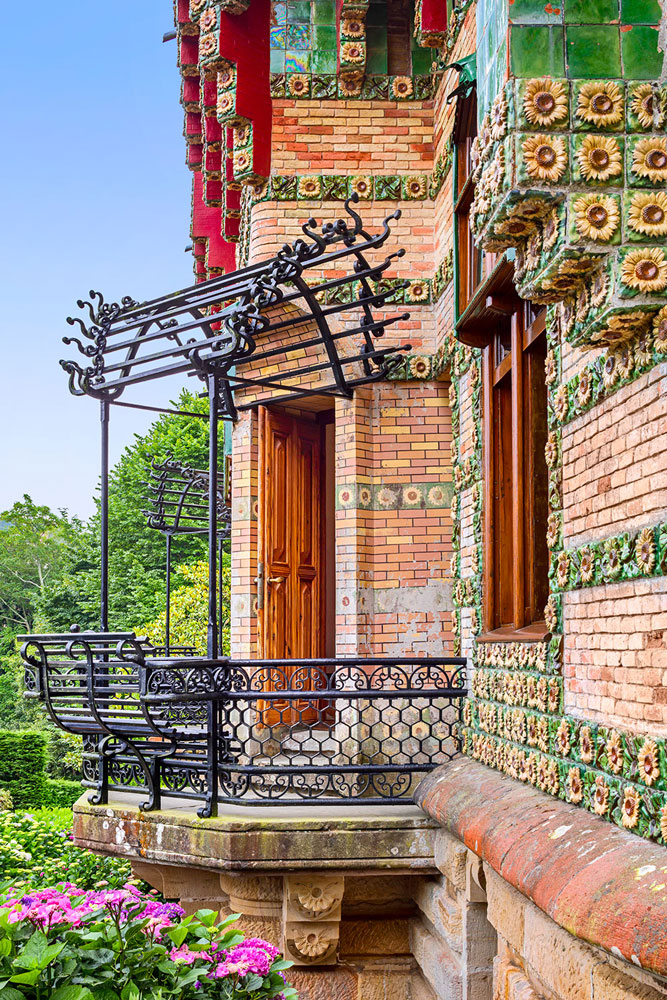
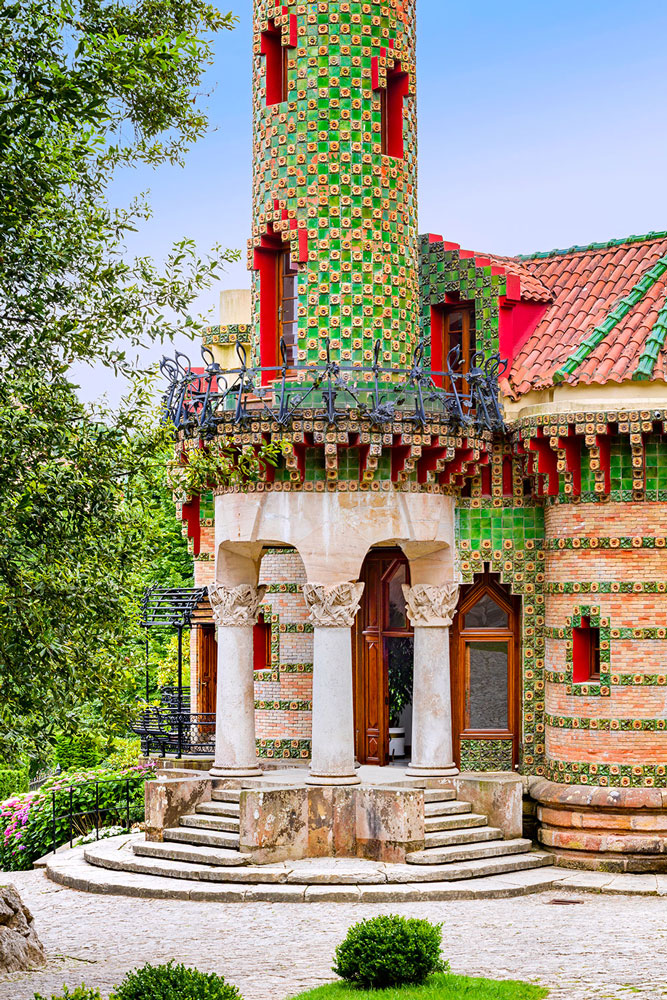
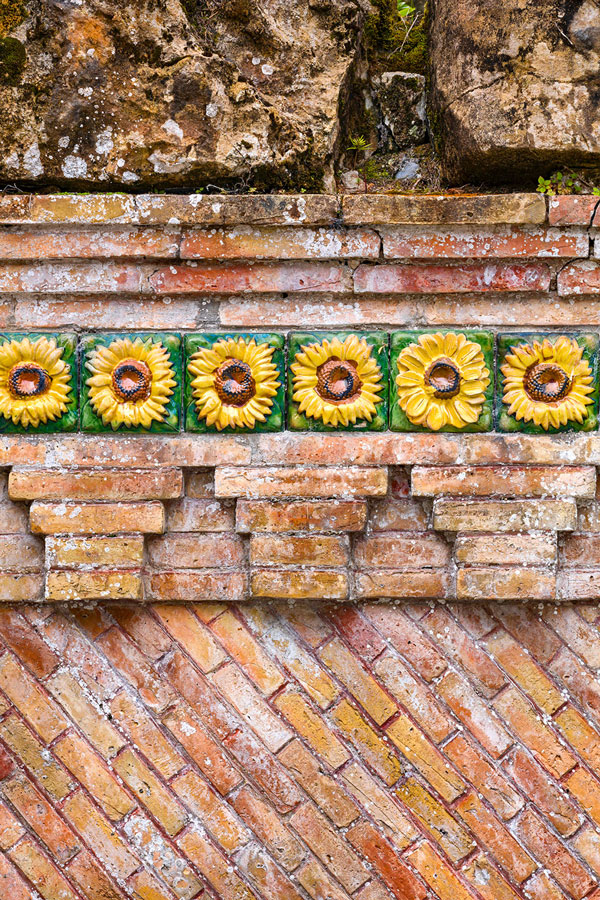
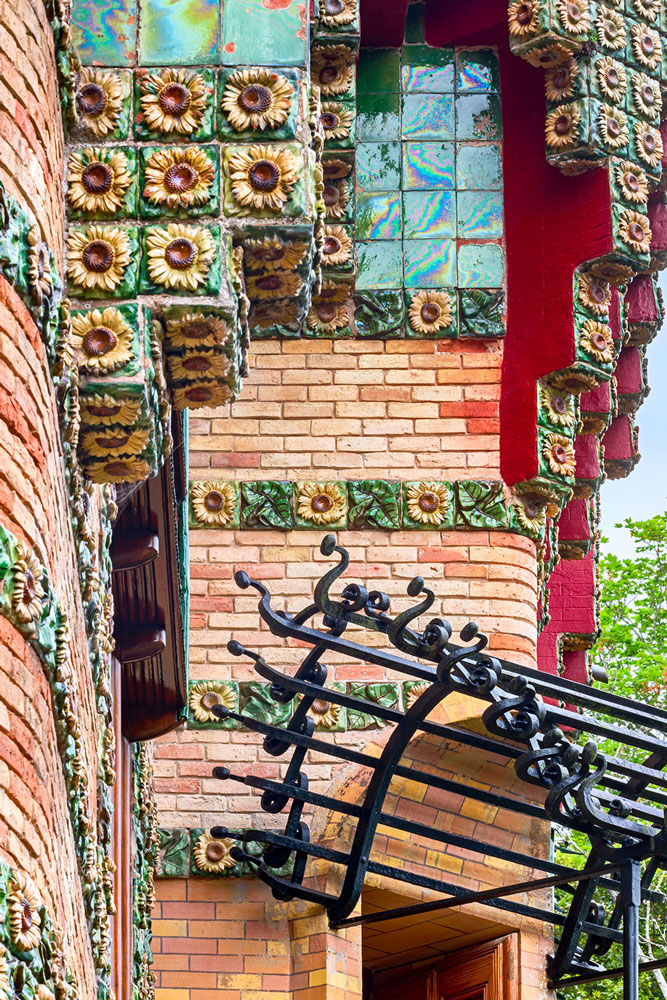
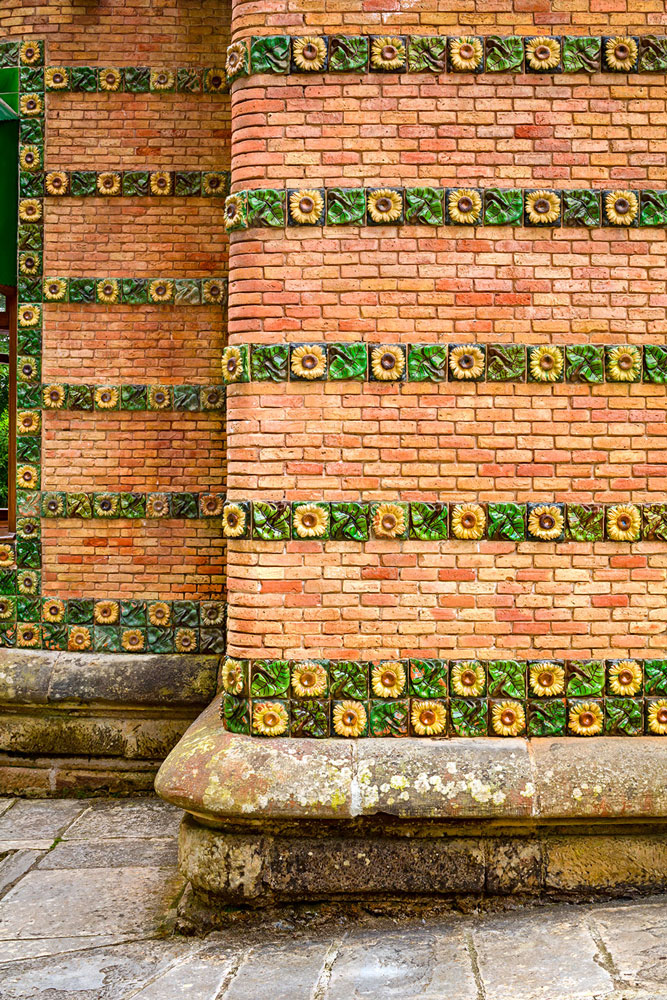
The name of the building, El Capricho, evokes the freedom of style of the musical composition but also speaks of the Quijano’s desire to erect a building with such an extravagant look for the time in a place like Comillas –‘capricho’ is actually Spanish for’ whim’–.


